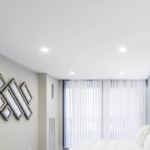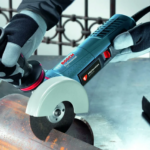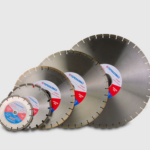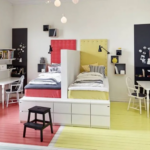According to the classification of designers, the retro classes include design techniques and means of design, which were relevant until the 20th century (Gothic, Classicism, Empire, Baroque, Art Deco and others). However, most often this term is used more widely and covers many design directions that support and develop fashion trends of both the past as a whole and its individual eras. After all, sometimes even a recent can acquire “gloss” and “shine” of nostalgia, or to enrich the modern interior with their ideas.
Description of the article:
Shades of the interior
The most famous of the directions of the retro-style is the era of the 60s with its revolutionary sentiments, cheerful colors and futuristic-perch forms.
Interior shades can be based on a contrast and graphic palette: black and white, which become background for the main colors-bright and open: scarlet, burgundy red, blue, yellow, purple. Also in use, juicy shades of yellow-gorchic, indigo, purple color, bottle-green and avocado color, which are an echo of the interest of the 60s to the exotic cultures of India and China.
Materials for the design vary: from natural wood to vinyl tiles; From shaggy carpets to glossy-brilliant ceramics lined with a chess pattern.
Each individual piece of furniture can become the center of the interior. This style is ideal for decorating small kubature apartments, with low ceilings, as it uses rounded low and wide shapes, and furniture – light and mainly folding. The space expands and acquires a “new dimension” due to the widespread use of mirror and glossy surfaces.
Textures
Textures – the more they are and the more diverse they are, the better. Smooth furniture facades are combined with shapeless seats, velvet – with vinyl, mirrors – with plush. Widely used artificial leather, plastic, vinyl, cellophane, plexiglass and rubber. The integrity of this polyphony of the textures gives compliance with the color “dress code” (two-three background and one accent color).
Details: many small rugs, pillows and puffs for sitting, bizarre lampshades under the ceiling. Mobiles, lava lamps, metal and wooden sculptures. Tables and chairs with chrowned bizarre legs. Superography and large prints for wall design and textiles. Optical illusions, mirrors, brilliant and light mobile elements are widely used.





